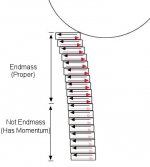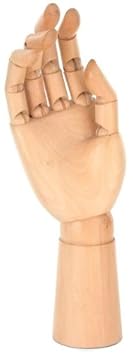When I bought a slightly used OB Classic shaft to try, it had a new Kamui Super Soft tip on it at full height.
Even though I've played with very soft Elk Master & Blue Diamond tips for more the 4 1/2 decades, it was too soft even for me.
It was like bubble gum sticking to the ball.
Someone here suggested that I take a few layers off at a time until I got it to where I like it.
I did just that & it was not too many. Three(3) taken off at 1st & then another two(2).
It's played fine ever since.
Now how can just five(5) very thin layers of leather make such a difference?
Even though I've played with very soft Elk Master & Blue Diamond tips for more the 4 1/2 decades, it was too soft even for me.
It was like bubble gum sticking to the ball.
Someone here suggested that I take a few layers off at a time until I got it to where I like it.
I did just that & it was not too many. Three(3) taken off at 1st & then another two(2).
It's played fine ever since.
Now how can just five(5) very thin layers of leather make such a difference?
Last edited:


